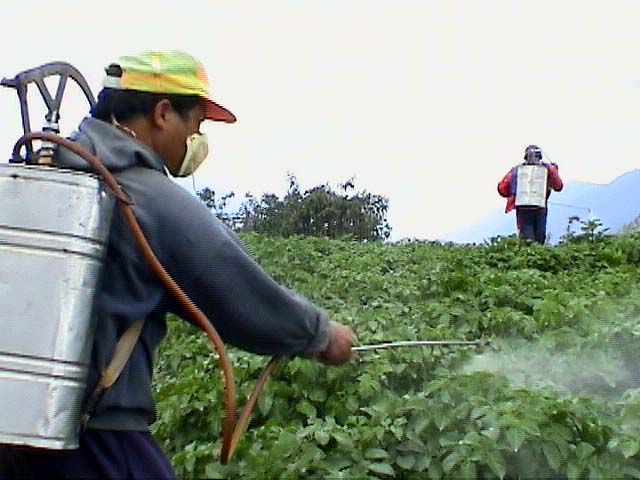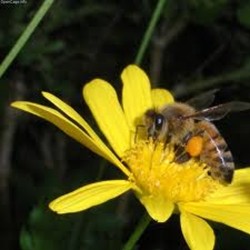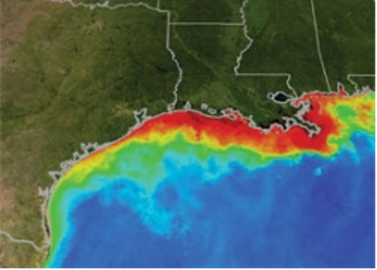Recently, 2 million people in 436 cities in 52 countries (according to organizers) marched in public protests to show their opposition to the global seed and pesticide corporation Monsanto and everything it stands for. That would include: its development of GMO (genetically modified organisms) food crops, its intimidation of farmers who won’t go along, its history as developer or producer of things like DDT, agent orange, bovine growth hormone, aspartame, nuclear weapons, PCBs, its participation in the “revolving door” in Washington, where industry leaders become regulators or elected officials are given cushy industry jobs after they leave office. Not surprisingly, Monsanto is hugely profitable. According to its 2012 annual report, in the most recent year its net sales amounted to over $13 billion, with a B, 14% more than the previous year..
With the profits goes power. Industry has defeated almost every effort to require labeling of GMO foods (including last year’s Proposition 37 in California). The times may be changing. Connecticut this week actually passed a law requiring GMO labeling, though it’s a conditional one.
Some people don’t agree that there’s a problem. A heated debate recently occurred in the website Motley Fool, which is a commercial financial advice site. The original article, aptly titled “Why is Monsanto the Most Hated Company in the World?”, questioned the validity of claims on both sides, but concluded by saying,
“It seems that GMOs will inevitably become a larger part of our food supply, because the corporate motivator in the United States has proved to be stronger than the citizen motivator in recent years. A few protests won’t change that. It will take concerted, long-running national efforts to change diets and attitudes before Monsanto and its peers are forced to loosen their grip on American farmlands.”
The comments are as revealing as the article – check them out.
Related links:
Ocean Robbins — Call to Action for a Food Revolution
Monsanto gives up fight for GM plants in Europe
Monsanto’s Latest Sneaky Endeavor: Patent Common European Crops




